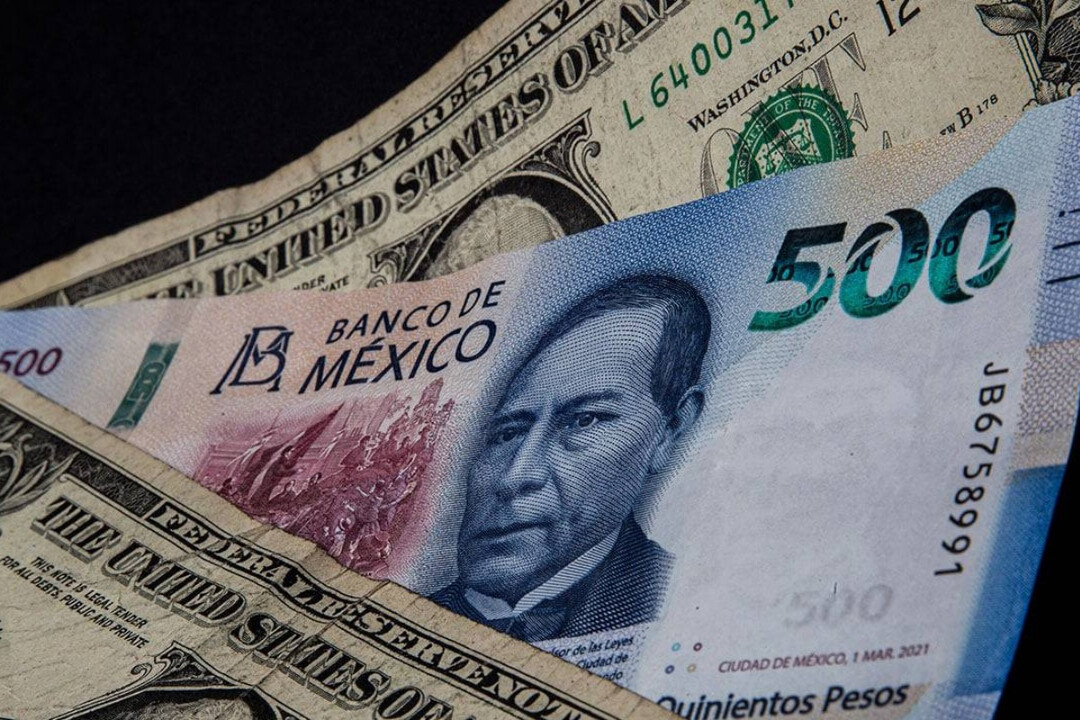
Mexico City – The Mexican peso has been steadily losing ground against the US dollar for several weeks, with no signs of recovery in sight. In October, the exchange rate reached a historic high of 20 pesos per dollar.
Current Exchange Rates
As of today, the Mexican peso is trading at the following rates in major Mexican banks:
Afirme: Buying at 19.40 pesos, selling at 21.00 pesos.
Banco Azteca: Buying at 19.30 pesos, selling at 20.86 pesos.
Banorte: Buying at 19.00 pesos, selling at 20.50 pesos.
BBVA Bancomer: Buying at 19.53 pesos, selling at 20.67 pesos.
Banamex: Buying at 19.76 pesos, selling at 20.87 pesos.
Inbursa: Buying at 19.60 pesos, selling at 20.60 pesos.
Factors Influencing the Dollar's Value
Several factors are contributing to the peso's depreciation against the dollar. These include:
Supply and Demand: The fundamental economic principle of supply and demand plays a crucial role in the foreign exchange market. When the demand for dollars exceeds its supply, its price tends to rise. Conversely, an excess supply can lead to a decrease in the dollar's value.
Interest Rates: Interest rates set by central banks significantly impact exchange rates. Higher interest rates on dollar-denominated assets attract investors, increasing demand for the dollar and pushing up its value. Conversely, lower interest rates can have the opposite effect.
Inflation: Inflation rates can weaken a currency. A country with a higher inflation rate typically sees its currency depreciate against currencies of countries with lower inflation, such as the US dollar.
Economic and Political Stability: The perceived economic and political stability of a country can influence its currency's value. Countries with stable economies tend to attract foreign investment, boosting demand for their currency and strengthening it.
Impact on the Mexican Economy
The weakening peso can have both positive and negative consequences for the Mexican economy. A weaker peso can make Mexican exports more competitive on the global market, potentially boosting economic growth. However, it can also lead to higher prices for imported goods, increasing inflation and reducing consumers' purchasing power.
[Copyright (c) Global Economic Times. All Rights Reserved.]





























